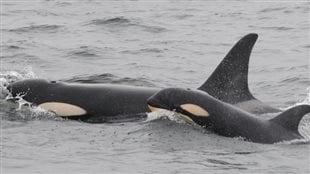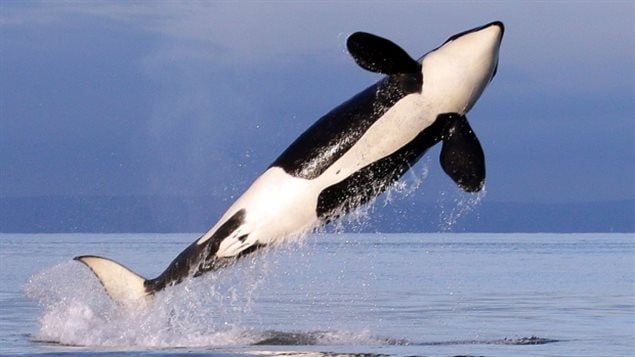Pollution, vessel noise and the availability of food are making it difficult for killer whales off North America’s west coast to increase their numbers, according to a U.S. study. The population is estimated to be 80, down from 140 and perhaps even 200. Nearly 50 orcas were captured in the 1960s and ‘70s and placed in theme parks, says Lynne Barre, a spokesperson for the National Oceanic and Atmospheric Administration which conducted the study.
“Right now, they’re not growing as fast as our recovery criteria would require for them to be taken off the Endangered Species List,” Barre said. “They’ve been hovering around the 80s for quite some time.”

Among the most contaminated marine mammals
Orcas are among the most contaminated marine mammals in the world, the study found. That causes diseases and reproduction problems.
They mostly eat Chinook salmon, but many runs of that fish are threatened or endangered, possibly limiting their food source.
The study also found the whales spent less time hunting for food when vessels were nearby. They swam in less predictable patterns, including breaching and slapping their tails. They also appear to communicate in louder tones.
Not everyone ‘paying attention’
Whale-watching tours were warned to increase their distance from the animals in 2011. Many have complied but recreational boaters and anglers either haven’t heard the message or they aren’t paying attention, says Barre.







For reasons beyond our control, and for an undetermined period of time, our comment section is now closed. However, our social networks remain open to your contributions.